ASOS is one of the leading fast fashion companies in the world. Why? Largely because they are a convenient quick-stop shopping experience.
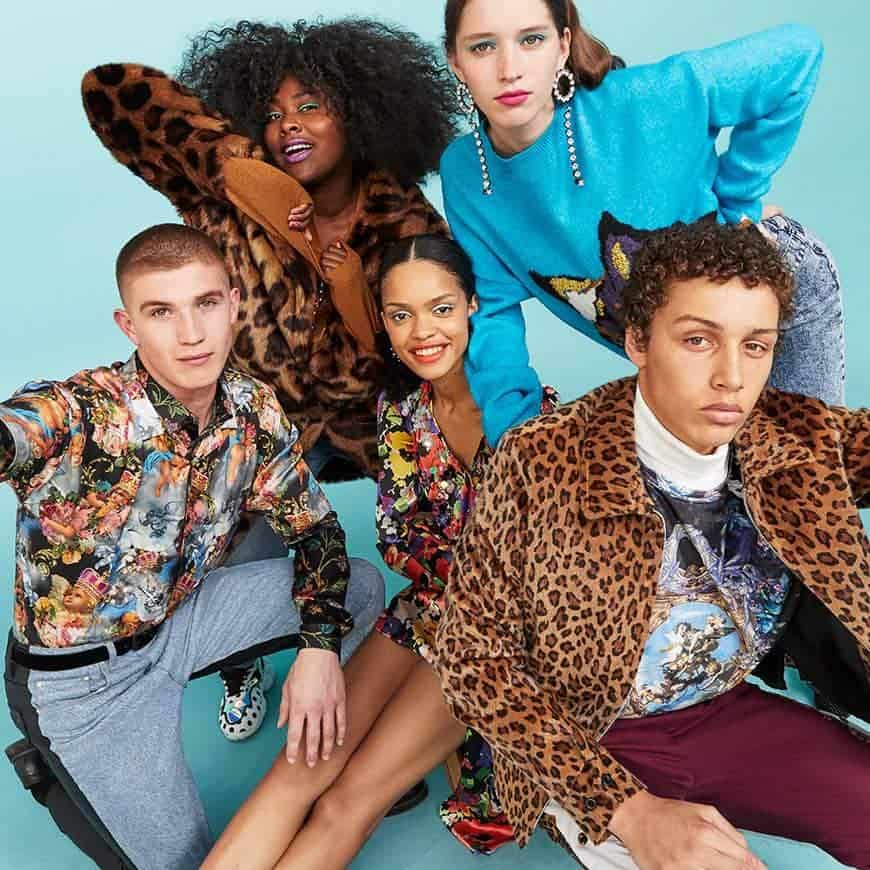
ASOS supplies a range of products from men’s shorts to women’s shoes, and they even have a lifestyle department. All of which come in almost every color, size, and style imaginable.
Not only that, but ASOS has been gaining a larger following through social media platforms like TikTok and Instagram. There’s no doubt that ASOS has built a successful business model, but did ASOS build a sustainable one?
How We Evaluate Clothing Brands
At Eco-Stylist, we do our best to review your favorite brands as honestly as we can. To do this we spend a lot of our time researching those brands and their commitment (or lack thereof) to building a more sustainable, ethical, and all around better world.
We use three main categories in order to award points to a brand: Transparency, Fair Labor, and Sustainably Made. We also award four points to a brand for their commitment to diversity, equity, and inclusion (DEI).
So, how sustainable is ASOS?
The Results: ASOS Sustainability Score
TLDR: they failed our assessment. Keep reading or watch this video to find out why …
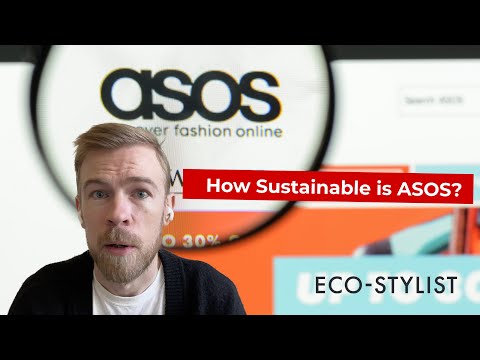
Transparency: 9/14
A brand can be awarded up to 14 points within our transparency category, let’s break that down for ASOS.
Starting off, ASOS does provide a sourcing map powered by Open Supply Hub. They also provide a list of all of their Tier1, Tier 2, and Tier 3 suppliers on their website. This is a good step in the right direction.
In simple terms, Tiers 1-3 means they share 3 layers of their supply chain, such as where the t-shirt was sewn, who supplied the cotton fabric for that t-shirt, and the farm that supplied the cotton to the fabric mill. Depending on the number of suppliers in the supply chain, Tier 3 may not extend all the way to the farm.

While this is ASOS’ highest performing category, they still fall a bit short because they do not share information about the actual conditions of the factories, such as wages. They also don’t share how they manage risks related to subcontracting, although they say they will in the future.
Subcontracting is when a company like ASOS hires a factory to do work, and that factory, in turn, hires people outside of the factory to do that work. The problem with this is that subcontractors usually do their work from home and are paid even less than the factory workers.
This is a recipe for slave labor and most fast fashion companies do this! The issue with subcontracting stems from the fact that the company cannot ensure that those workers are being treated fairly and working in safe environments. ASOS does acknowledge that there is in fact a problem with subcontracting, but they do not go on to say how they are working towards fixing this issue within their brand.
Last up is the promotion of human rights and environmental sustainability across the rest of ASOS’ supply chain, meaning beyond the factories where the clothes are sewn. ASOS doesn’t provide evidence of this.
Fair Labor: 5/33
A brand can be awarded up to 33 points in the fair labor portion of our criteria. Let’s get into it.
First, we consider if the company has a code of conduct available for the public to access, and ASOS does. It is located within the “Fashion with Integrity” section of their website and outlines all of their policies for their employees.

ASOS also assesses all of their first-tier and second-tier facilities annually to ensure the safety of their employees, which means that they are aware of the conditions that their makers are working in on a day-to-day basis. In summary, ASOS does work closely with their stakeholders in order to work towards creating a more ethical workplace environment for their employees.
However, this is where their efforts end when it comes to fair labor. They do not share knowledge of any human rights violations that their employees may face, they do not pay their employees living wages, and they do not have any programs in place or plans to implement programs to promote the well-being of their employees.
Unfortunately, while ASOS talks a big game when it comes to caring about their employees, they have not actually done anything in order to help them. What’s more concerning as a consumer (at least to us) is that ASOS is a leading brand in fast fashion, they have the funds to support their employees in a way that matters and yet, they don’t.
Sustainably Made: 13/49
This category is worth the most points in our criteria and adds up to a whopping 49 points.
Let’s start with what ASOS isn’t doing, and yikes, there’s a lot.
ASOS is currently not involved in any sort of intersectional environmentalism: an acknowledgement that the waste that they create has effects on the communities and people around their production sites. Intersectional environmental sustainability is important to consider because it shows that a brand cares about communities and their workers in addition to the environment itself. If there are no people left, who’s going to care if we better the planet?
ASOS does not disclose how much water they are using within their production sites, nor do they show that they have any plans to try to reduce the amount of water they use. They have goals to reduce their CO2 emissions and yet their CO2 emissions actually increased from 2021 to 2022. The fashion industry is responsible for 10% of global emissions – so ASOS, we’re going to need you to do better here.
They also do not have a plan to establish a closed loop supply chain, create programs to extend the life of products, reduce their waste, protect the well-being of their raw-material suppliers, or use fabrics made of sustainably produced raw materials (in more than 50% of their collections).
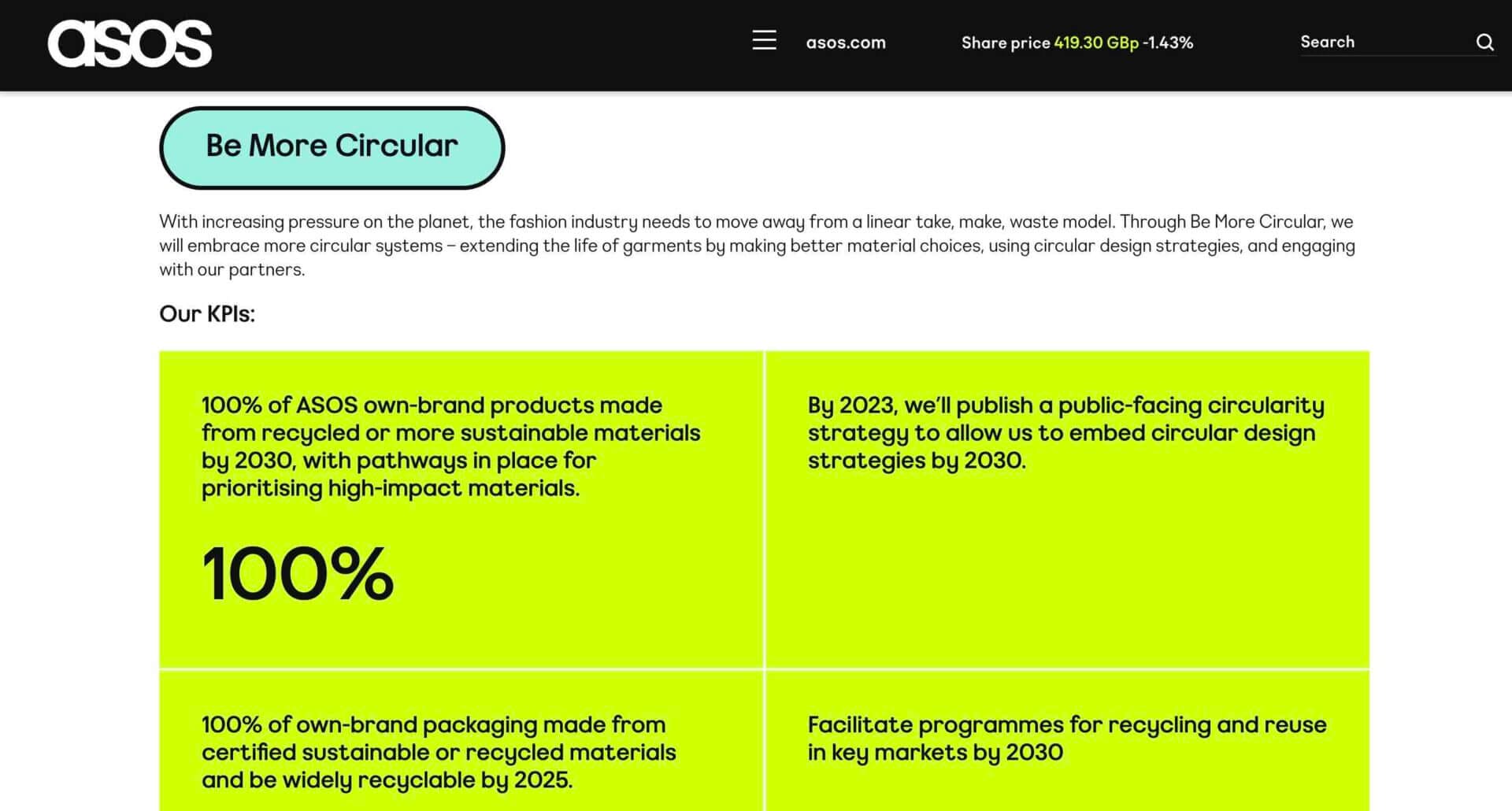
While their website prominently displays their circularity goals, it’s ultimately just greenwashing without serious initiatives to back it up. Real circularity isn’t about packaging and recycled materials, it’s about the products end of life and keeping ASOS clothes out of the landfill.
Examples of more serious initiatives would be a take back and repair or resell program. Or a program that takes back used ASOS clothes and recycles them into new clothes.
Also, ASOS does not take a stand to encourage less consumption and more ethical production. In fact their production, as well as their waste and CO2 emissions, all increased in 2022 from 2021.
What is ASOS doing then? ASOS does have environmental sustainability priorities. They also do measure and share their CO2 footprint, which is how we know it’s increasing.
They have goals to reduce landfill waste and improve circularity, but most of these goals extend to 2030, so it’s hard to assess their commitment. Also landfill waste increased YOY in 2022.
On the positive note they do have a restricted substance list publicly available, which helps them avoid dangerous chemicals in their clothes. They also promise to enforce ZDHC wastewater guidelines, which helps limit chemical pollution from the factories into rivers.

Lastly, they have an animal welfare policy for all of their animal derived materials. The brand is not vegan but this policy helps protect animal rights in the sourcing of fabrics such as wool and leather.
Diversity, Equity, and Inclusion (DEI): 1/4
This category is only worth 4 points, but it is important nonetheless. DEI shows if a brand is inclusive and diverse, both in their hiring policies and their senior leadership.
As of now, ASOS talks about more diversity in their leadership, but they have yet to publish their report with their current progress on that front. We can’t give them points until that information is available and we can see the diversity of their senior leadership.
ASOS does promote an inclusive workplace that does not discriminate against age, gender identity, sexuality, race, or religion. So, we gave them a point for that.
Our Principles: -35 Points
We award negative points to brands that don’t meet our most basic standards. These are brands that underperform compared to the norm, and that we wouldn’t recommend to you. Here’s how ASOS performed on our 3 principles:
- Is the brand fast fashion? Yes: -25 points
- Does the brand inspire us? No: -10 points
- Do we trust the brand? Yes: 0 points
We award negative points to fast fashion brands because even if they do all the same things a sustainable brand does, they are still less sustainable because of their business model and their promotion of disposable clothing. Check out our guide to learn more about why fast fashion is bad.
ASOS does not inspire us because while they have many goals and initiatives for a large corporation, compared to the brands we certify it’s not inspiring. We’d love to see evidence of living wages, more than 50% sustainable fabrics across the entire website, and real circularity initiatives (not just greenwashing).
We didn’t deduct points for trust because we believe they are doing what they say they are doing. Their website does offer a level of transparency and many detailed reports. We just wish they were doing a lot more.
So How Ethical is ASOS?
So where does all this math get ASOS? Let’s just say that they won’t be getting into any ivy leagues with scores like that. . .
Overall Score: -7
As you can see, ASOS is not up to par with our criteria to be considered a sustainable fashion brand. A brand needs a minimum of 50 points to pass our criteria.
Is ASOS Fast Fashion?
Yes. ASOS sells fast fashion brands like Topman and Weekday.
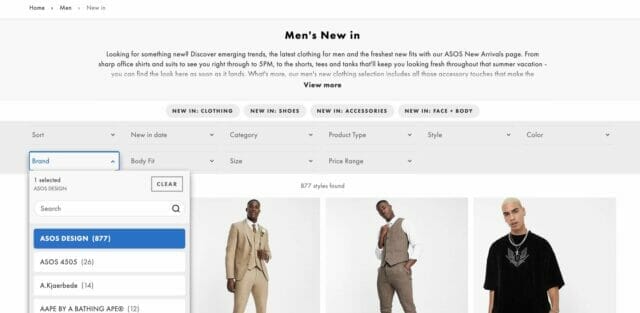
The ASOS house brand is also fast fashion. You can see that when we checked the ASOS website their own brand had over 800 new items just in the men’s section.
ASOS is a multi-brand marketplace. While not every brand they sell is fast fashion, for the above reasons we would say yes, they are fast fashion.
How Sustainable is ASOS Eco Edit?
Unfortunately we can’t endorse ASOS Eco Edit either. First, it is a small fraction of what they sell overall. Second, it’s a bit hard to evaluate when they removed Eco Edit from their website out of fear for a greenwashing probe.
The reason we don’t Certify collections is because they typically make up less than 10% of what a brand sells and sometimes less than 0.5%. In contrast, the brands we do Certify are 100% invested in more sustainable practices.
ASOS Could Do Better for Garment Workers and the Planet
Eco-Stylist doesn’t aim to dismiss brands. Instead, we seek to expose their weaknesses, allowing them insights into where they need to improve or grow. Currently, ASOS needs to put in a lot of work to become an approved brand.
So we ask you to simply consider when you go to shop online that there are brands out there that are comparable to ASOS who are treating their employees fairly, doing their best to help the environment, and are inclusive on all levels of their company. Wouldn’t you rather support them instead?
Sustainable Alternatives to ASOS
Start here: 10 Sustainable Alternatives to ASOS.

For a few more great ASOS swaps, check out these Eco-Stylist Certified brands:
- Pact
- Outerknown
- Nudie Jeans
- Wolven
- Kotn
- Colorful Standard
- Thousand Fell
- Tentree
- 8000Kicks
- Scotch & Soda
Looking for More Sustainable Fashion Brands?

Check out Eco-Stylist’s certified brands for more fashion brands you can believe in!
What brands would you like us to review next?

Catherine McCourt is a content writer at Eco-Stylist. She studies English, Creative Writing, and Philosophy at the University of Iowa. When she’s not writing about sustainability in fashion, Catherine enjoys painting, journaling, and much needed downtime.

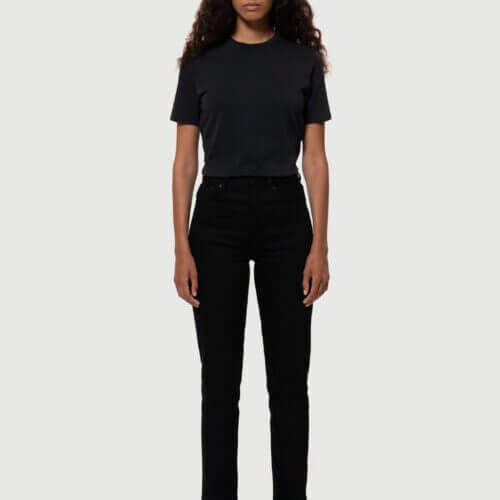
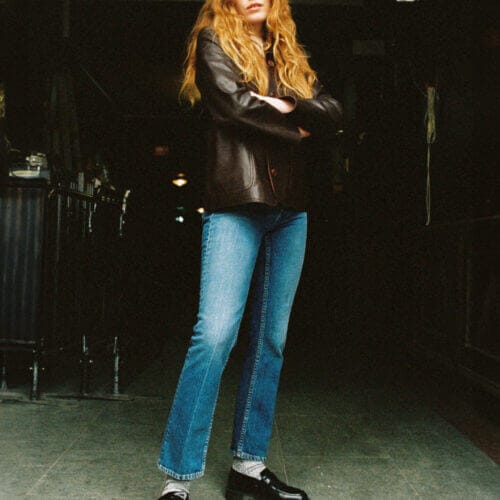
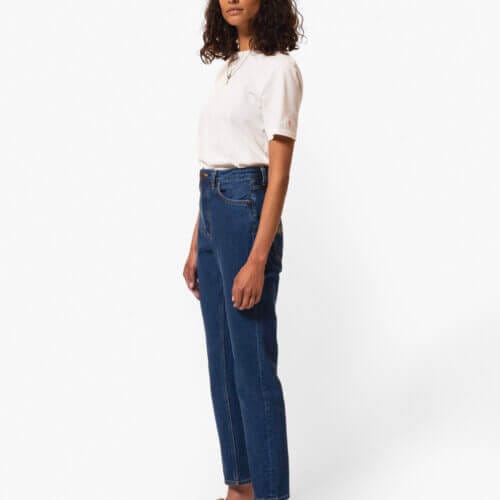
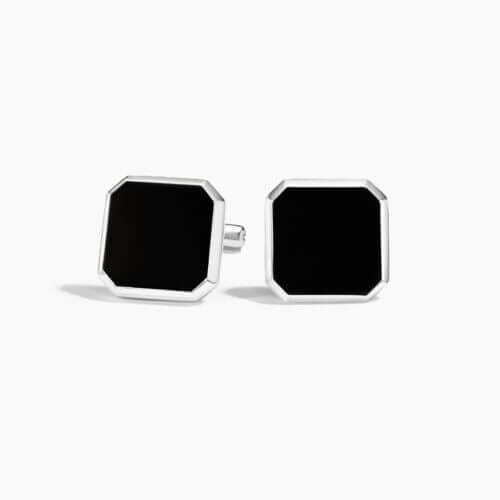

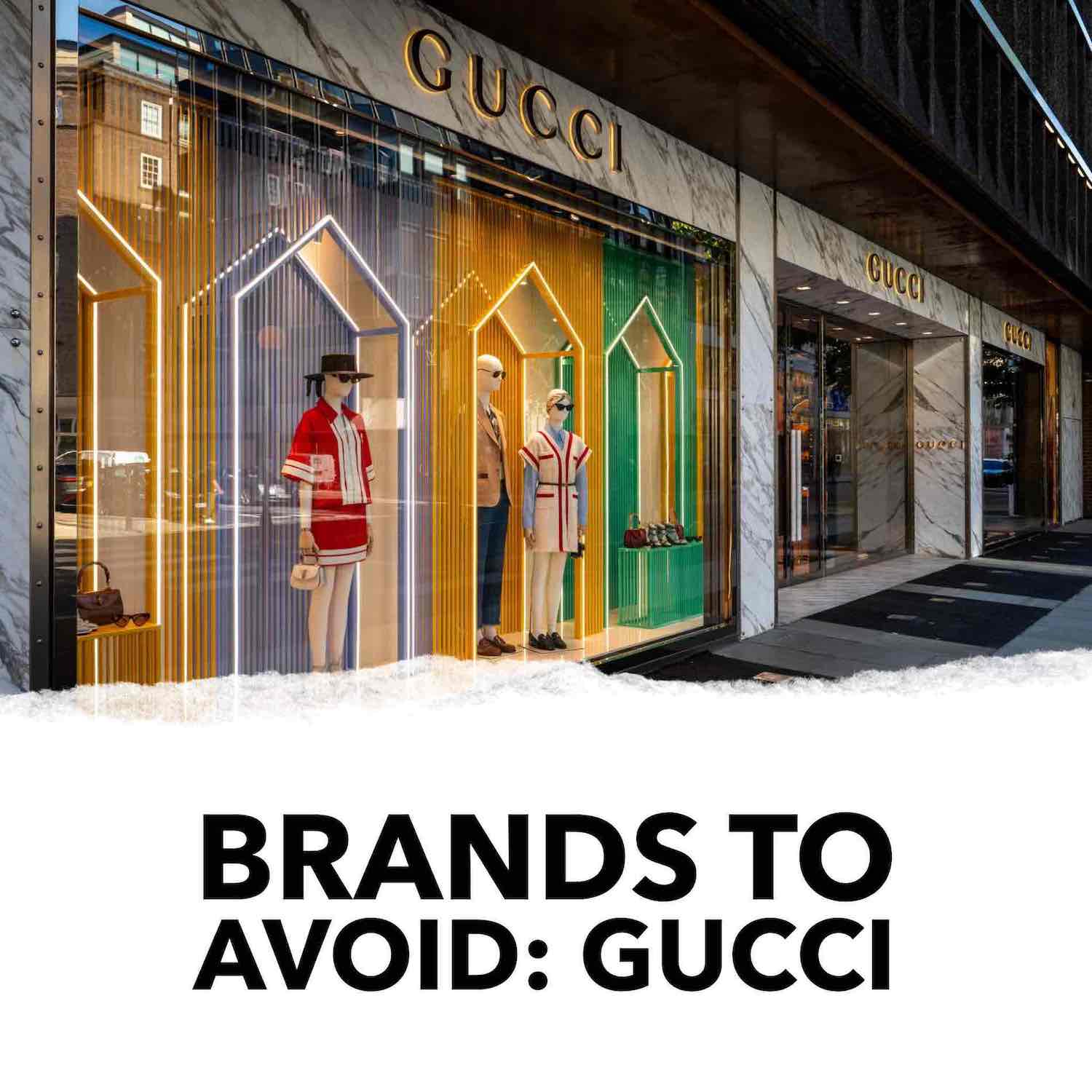
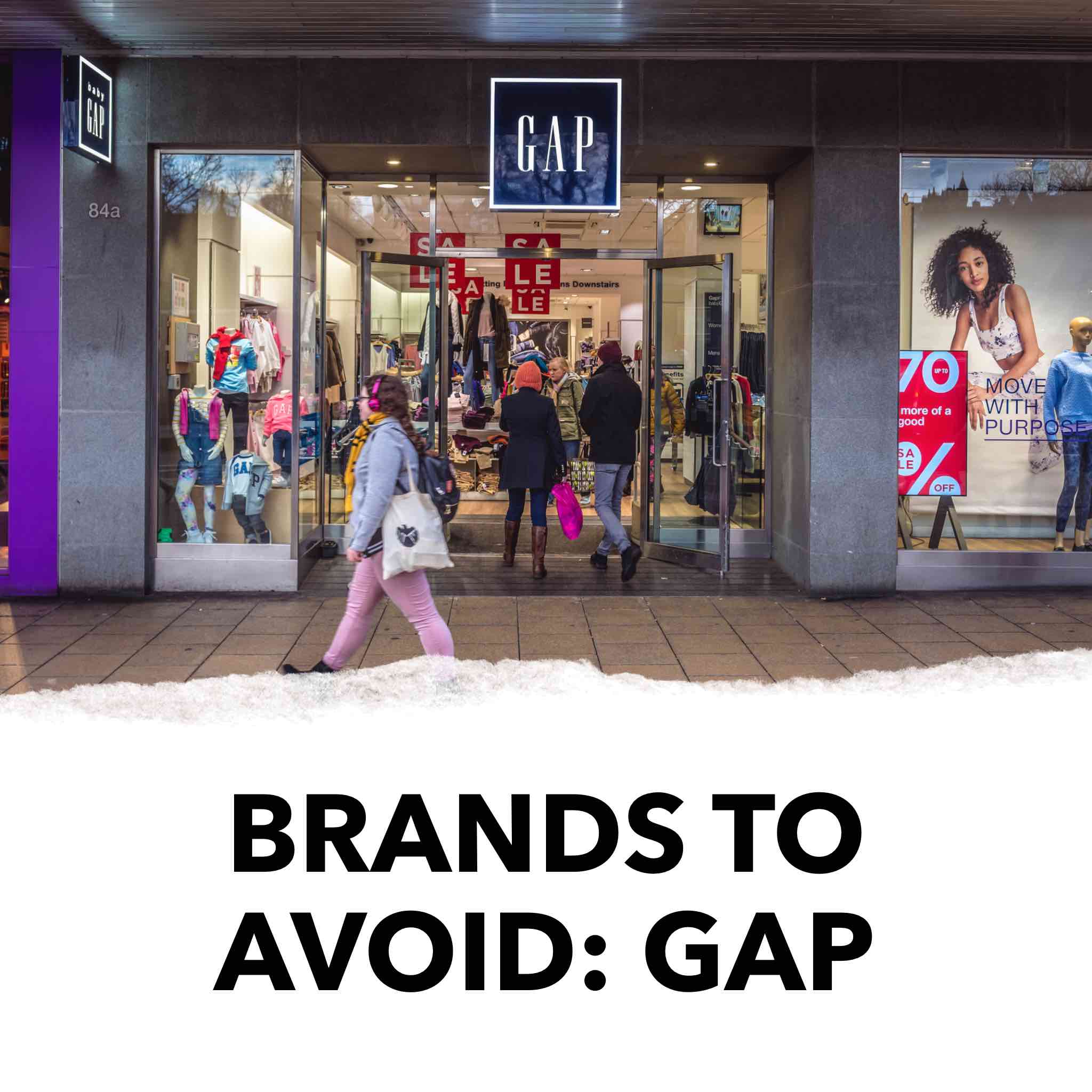
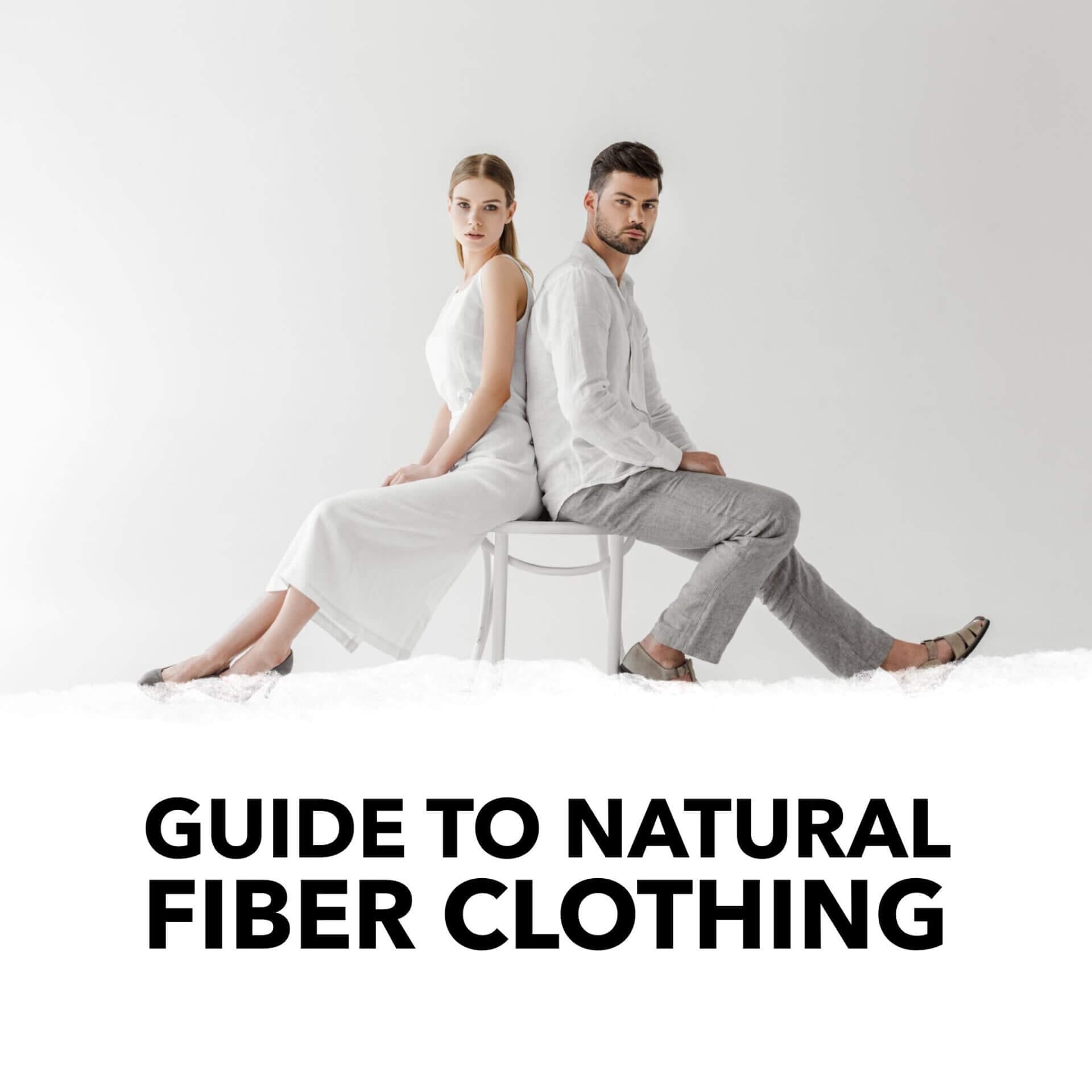
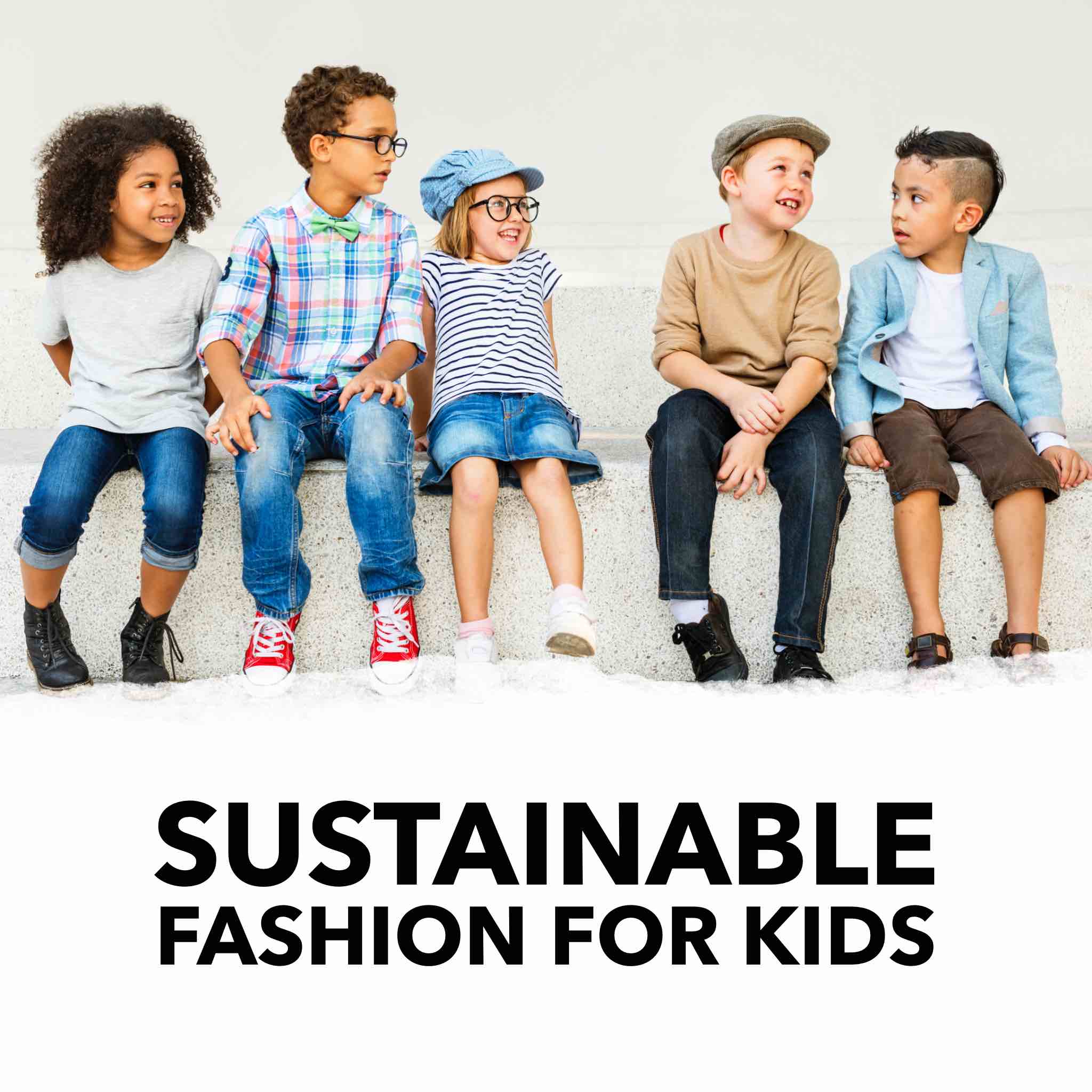
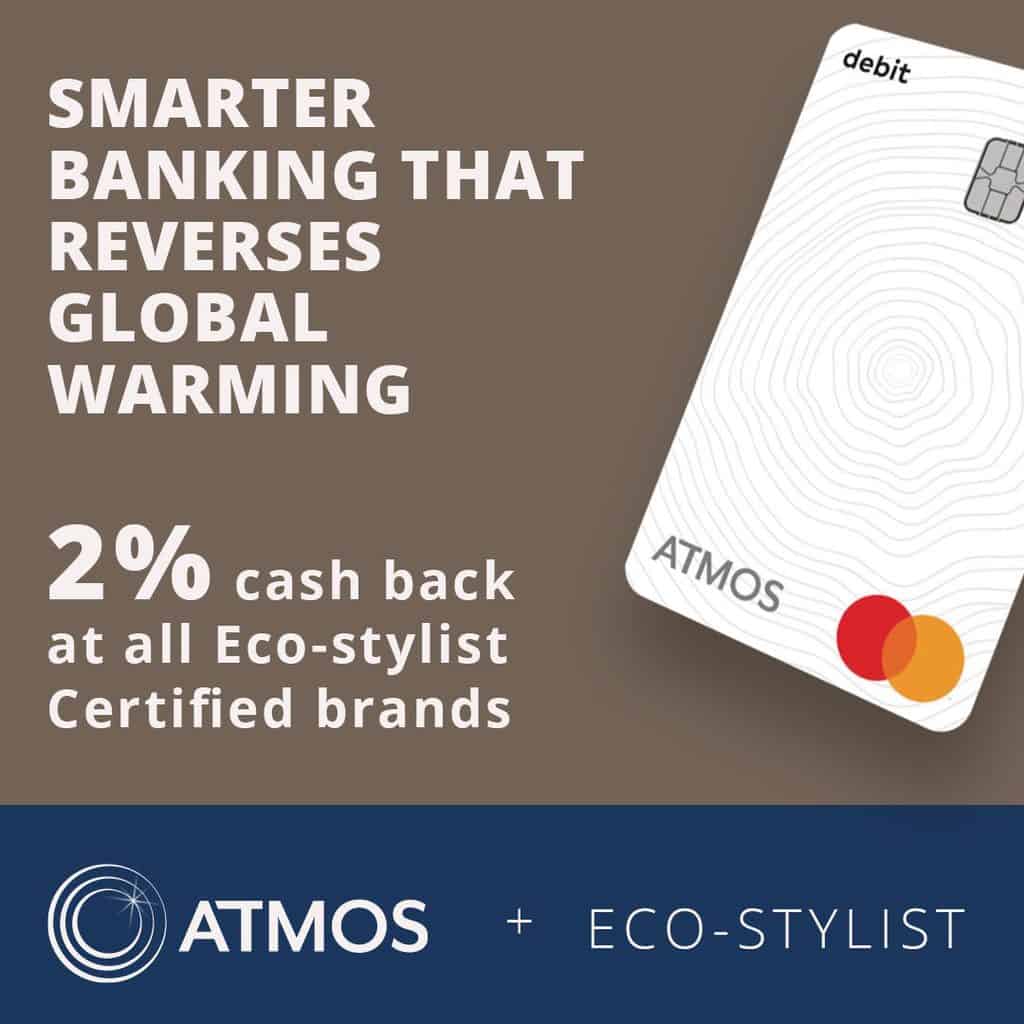
2 thoughts on “How Sustainable is ASOS?”
Great work!
i’m always excited to see this side of the industry exposed!
Hopefully it will spurn more eco friendly business like http://www.revamped-clothing.com!
Thanks Katherine! So cool what you’re doing – love upcycling and that you’re keeping clothes in use!